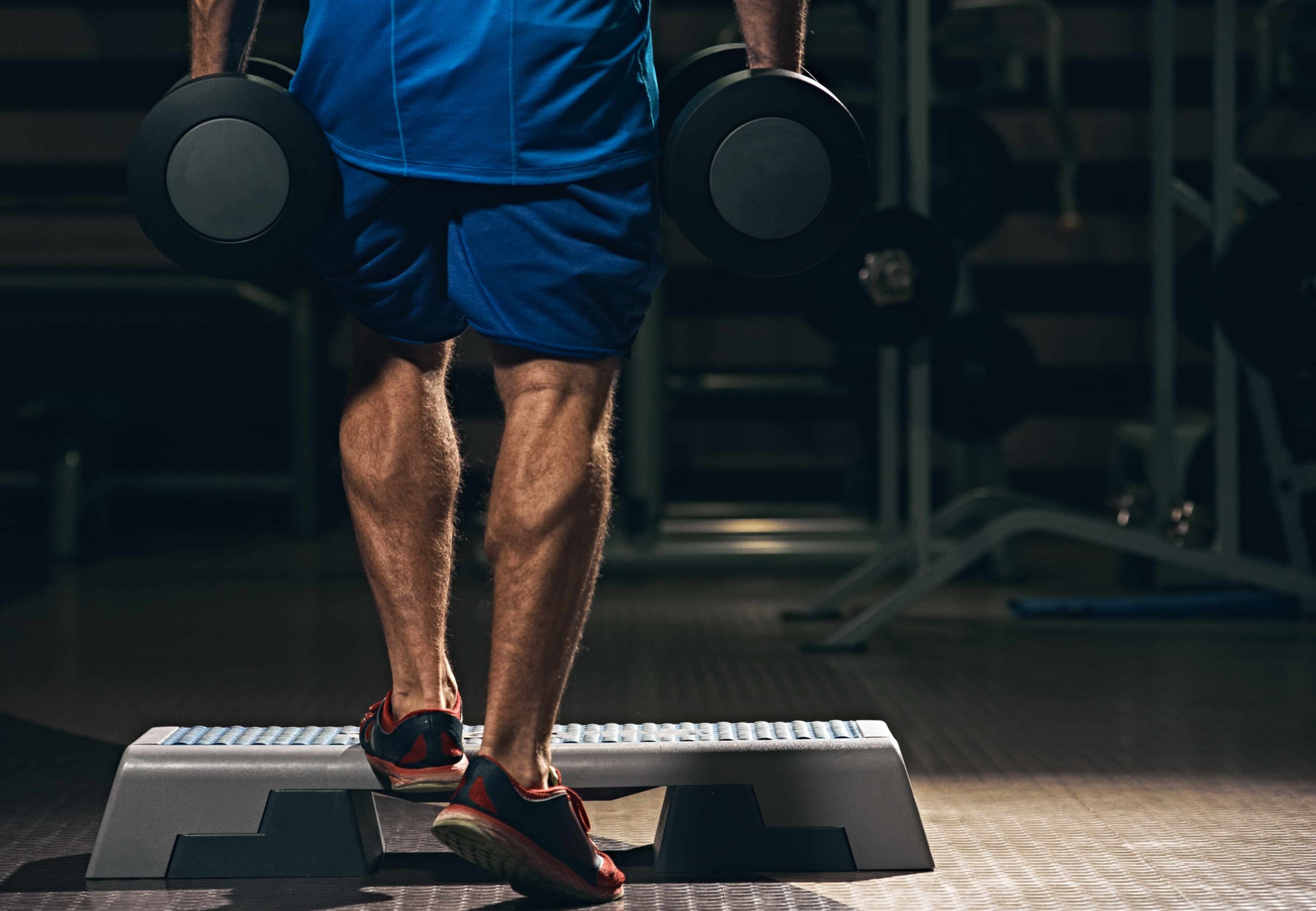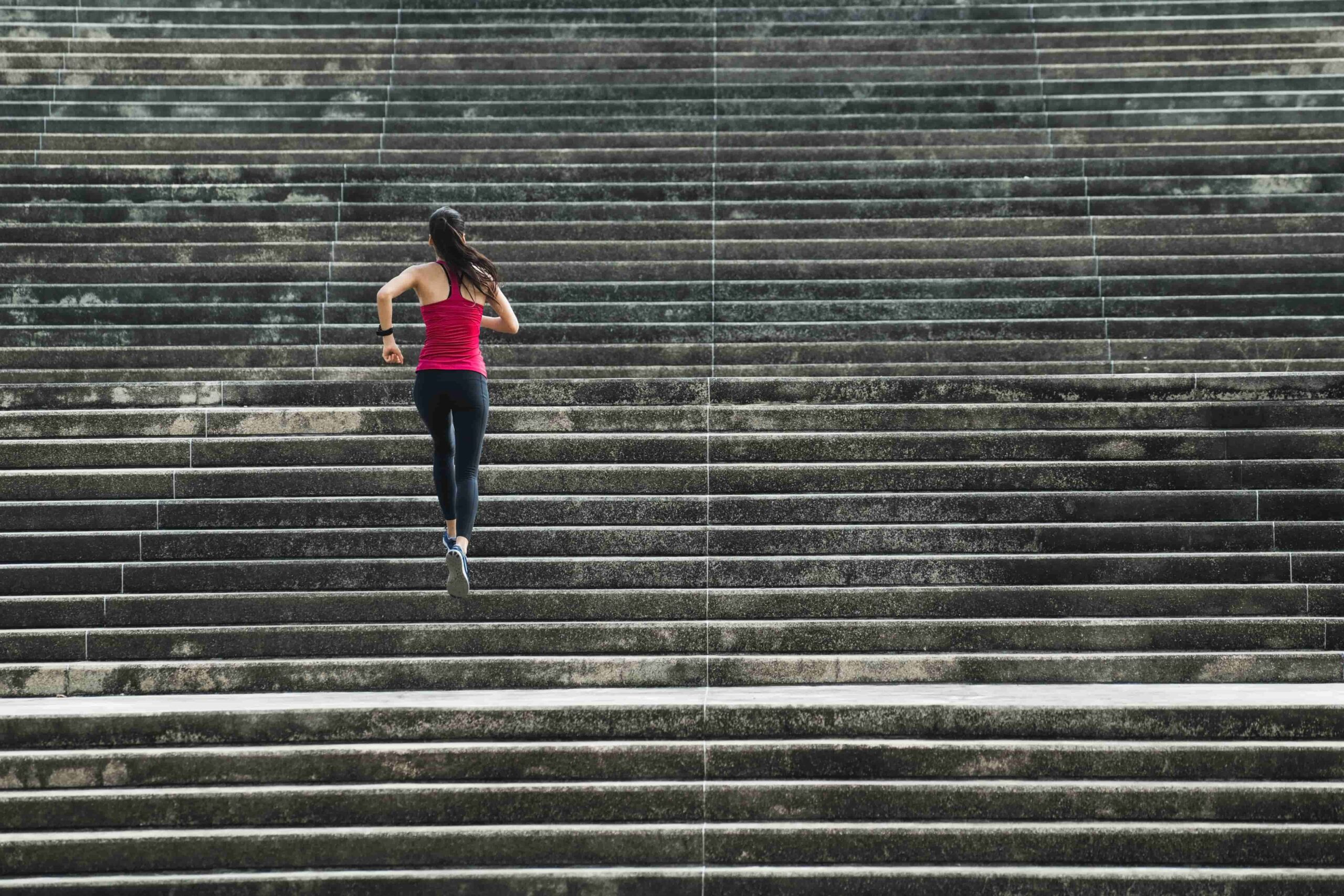Fun and Effective Calf Workouts for Strength and Performance
Many people overlook the importance of calf workouts, in their workout routines despite the fact that calves are often referred to as the ” heart” due to their role in pumping blood up to the heart. Not only do developed calves enhance the overall aesthetic appeal of the legs but they also have a significant impact on athletic performance and everyday functionality.
Apart from the aspect of having sculpted calves they also play a role in various athletic movements such as running, jumping, balancing, and pivoting. The strength and endurance of your calf muscles directly influence your performance rendering calf workouts essential for both athletes and fitness enthusiasts.
Anatomy of the Calves
Having an understanding of the calf muscles anatomy can greatly improve your training outcomes. The calves primarily consist of two muscles; the Gastrocnemius gives them their bulging appearance; and the Soleus, which lies beneath it and contributes to their overall mass.
The Gastrocnemius muscle has two heads; inner) and lateral (outer) which gives your calves their diamond shape. While not as visually prominent the Soleus muscle is equally important for activities like standing and walking. Incorporating a variety of exercises that target these muscles differently is crucial, for achieving balanced calf development.
Mastering Calf Workouts Basics

If you want to develop defined calves it’s crucial to grasp the fundamentals of calf workouts training. To effectively engage your calf muscles it’s important to have a range of motion going from a stretch to a peak contraction. Avoid reps or rapid bouncing movements as they can yield results and increase the risk of injury.
Calves are quite resilient, due to activities like walking and climbing stairs. Because of this, they can handle training compared to other muscle groups. Finding the balance between weight, repetitions, sets, and increasing intensity is key for continuous growth and development of your calves.
Performing Standing Calf Raises
The primary focus of standing calf raises is on the Gastrocnemius muscle. Whether you use a calf raise machine, a Smith machine, or free weights the main principle remains consistent; raise your heels as high, as possible to contract your calf muscles and then lower them below the platform level for a deep stretch.
You can enhance this exercise by incorporating variations. For example, adjusting foot positioning by pointing toes outward can place emphasis on sections of your calves. Remember that controlled movements are essential so that it’s your calf muscles doing the work rather than relying on momentum.
Seated Calf Raises
The seated calf raises exercise primarily targets the Soleus muscle. To perform this exercise use a machine. Place weights, on your knees. Lift your heels while maintaining a back to ensure muscle engagement.
Including seated calf raises in your workout routine offers a calf workout. Although it may not provide results like its standing counterpart it undeniably contributes to muscle development and improves lower leg balance.
Leg Press Calf Raises
The leg press machine, typically associated with working the quadriceps and hamstrings can also be beneficial for calf workouts. By positioning the balls of your feet on the edge of the machine and pushing through your toes you can effectively engage your calf muscles.
Proper foot placement is crucial in this exercise. If placed high it shifts the emphasis away from the calves; if placed low there is a risk of slipping. The controlled resistance provided by the leg press machine ensures tension making it a valuable addition, to any calf training routine.
Box Jumps Calf Workouts
Box jumps incorporate plyometrics into calf training adding an element of power and explosiveness.
Not do they strengthen the muscles in your calves? They also improve overall power in your lower body making them extremely valuable, for athletes.
To perform box jumps you need to jump onto a platform from a position. It’s important to use techniques, such as swinging your arms for momentum landing softly and immediately taking off for the repetition. This not ensure your safety. Also maximizes the benefits of the exercise.
Farmers Walk on Toes
This functional exercise targets the calves intensely. By holding weights in each hand and walking on your toes directly. Work those calf muscles. It’s important to choose a weight that challenges you without compromising your form. Walking on your toes ensures that the load is primarily borne by the calves. The functional nature of this exercise means that its benefits directly translate into activities and athletic performance by improving grip strength and engaging core muscles.
Jump Rope
Jumping rope is often seen as a workout. It actually has a significant impact on calf muscles. The repetitive hopping motion, on the balls of your feet, provides a workout, for your calves.
Here is the rewritten version
Using Different Jump Rope Techniques
Adding variations, like unders or high knees can intensify your workout. By incorporating jump rope sessions into your routine you do not strengthen your calf muscles. Also improves your cardiovascular health, coordination, and timing.
Making the Most of Stair Climbing

Stairs naturally provide a workout for your calves. When you climb stairs you engage your calf muscles by pushing through the balls of your feet. Whether you dedicate a stair workout or simply choose to take stairs or elevators in your daily activities you’ll experience noticeable benefits for your calves.
To increase the intensity of this exercise consider skipping steps or increasing speed. It’s also worth mentioning that descending stairs engages the calves in a way. Regular stair climbing can enhance endurance and definition.
Including Stretching and Flexibility Exercises
Stretching is just as important as the workout itself especially when it comes to used muscle groups like the calves. Incorporating calf stretches into your routine helps with muscle recovery improves flexibility and reduces the risk of injuries.
Effective stretching techniques such as wall calf stretches or using a device designed specifically for stretching calves ensure that your muscles are properly elongated and relaxed after working out does this help, with building muscle it also ensures that the calves stay flexible and ready for activities and challenges.
Factors That Impact Calf Growth
The development of calves like any muscle group is influenced by genetics. While some individuals may naturally have defined calf muscles others may need to put in effort for visible definition. However, with training and increasing the load on the muscles, everyone can achieve improved calf development.
Diet plays a role in promoting muscle growth including the development of calves. Consuming a diet in protein staying hydrated and ensuring a calorie intake can significantly affect calf growth and aid in recovery. A balanced diet complements training efforts and contributes to more defined calves.
A Sample Calf Workouts Routine
Following a calf workout routine can help expedite results. Incorporating exercises such as weighted calf raises or plyometric movements like box jumps ensures the development of the calves. For beginners focusing on form and gradual progression is essential. Intermediate and advanced trainers can increase volume and intensity as per their goals.
Sample workout routines may vary depending on objectives. For instance those aiming for hypertrophy might focus on weights with repetitions while individuals seeking endurance might choose higher repetitions, with moderate weights.
Periodically evaluating and adjusting your exercise routine can contribute to long-term growth and improvement.
Common Errors to Avoid and How to Prevent Them during Calf Workouts
Like any workout calf exercises have some pitfalls. These include using weight not performing a full range of motion or neglecting specific parts of the calf muscle, which can lead to imbalances and diminished effectiveness.
Being aware of these mistakes is the step, toward correcting them. To achieve results it’s important to perform exercises with a range of motion maintain controlled movements and periodically reassess your form. It’s always advisable to seek guidance, such as from a trainer or reliable video tutorials to ensure the execution of exercises.
Conclusion
Calf workouts are often overlooked in favor of muscle groups; however, they are essential for leg aesthetics and functionality. By dedicating time and effort to calf training you can develop more defined lower legs that enhance both athletic performance and daily activities.
Like any fitness pursuit sculpting your calves requires patience, perseverance, and progression. Celebrating milestones along the way while maintaining consistency and continuously challenging yourself are factors, in achieving success. Developed calf muscles not only enhances ones physical appearance but also contribute to a more robust and functional lower body.




